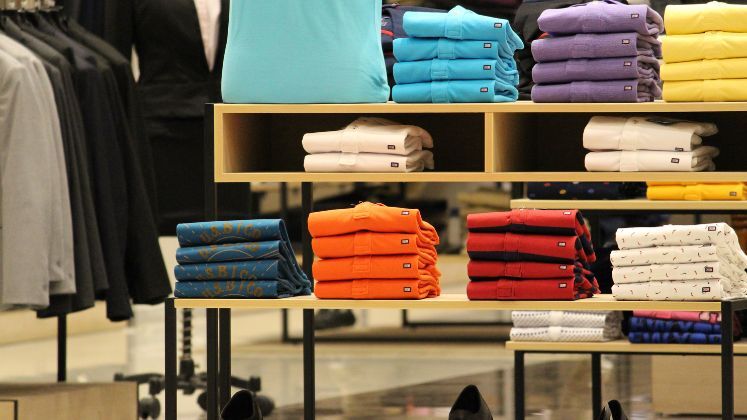The GST Council has made changes to the GST slabs, affecting a large number of goods across the value chain. Especially important for the apparel industry is the change that footwear and apparel priced up to Rs. 2,500 (US $ 28) will now be taxed at just 5%, significantly expanding the reach of the lower tax bracket. This enjoys strong industry support ahead of the festive shopping season.
Items priced above Rs. 2,500 (US $ 28) however, are moving into the 18% slab—a hike from the previous 12%, which is concerning to the industry as a whole, since items like wedding garments and artisan garments – already expensive – will now become much less affordable for the middle class.
Indian apparel brands have welcomed this move since this will make a lot of fashion items more affordable to the consumer. “Next-gen GST reforms, especially rationalised slabs and faster refunds, can ease working capital pressures for apparel players while reducing price inefficiencies across the value chain. This will make fashion more affordable, widen e-commerce reach, and drive sustained demand across both value and aspirational segments. The real opportunity lies in balancing affordability with business sustainability — sharper pricing to stimulate consumption, while reinvesting in quality, digital reach, and supply chains to create long-term value,” said Bhavay Pruthi, Vice President Product Management and Ecommerce, Libas.
Amol Goel, Founder & CEO, Louis Stitch – a premium leather footwear brand – echoed this sentiment, especially for footwear, saying, the GST rate cut to 5% on footwear and apparel priced up to Rs. 2,500 (US $ 28) is a landmark step that will democratise access to quality fashion. For consumers, it means greater affordability; for manufacturers and retailers, it opens up stronger demand, especially in the value-to-premium category where India’s aspirations are rising fastest. This move is timely, as it will re-energise festive and wedding season buying while giving domestic brands a competitive edge against imports. We see this as a catalyst for sustainable growth across the footwear industry, encouraging innovation, scale, and wider adoption of Indian premium brands.
Going the B2B and reseller route, Vishal Pacheriwal, Managing Director of ethnic wear brand Parnika India, said most of the GST cut benefit in the B2B bulk textile and ethnicwear segment will be passed on to resellers to drive higher order volumes, though companies may retain a small 2–3% margin gain in premium categories. He added that lower taxes make festive and wedding sarees more attractive for resellers, especially in price-sensitive Tier-2/3 and rural markets, where affordability rises with a 5–10% effective GST cut. According to him, the move is expected to bring more new resellers into the market, enable existing ones to expand variety, and sharply boost rural festive demand for sarees, unstitched fabrics, and kurtis.
Samiha Jha, Founder & Director of fashion brand Sammyukk said that the new GST regime brings a wave of recalibration for the apparel sector. She anticipates a 6–10% rise in end consumer prices, especially in the sub-Rs. 1,000 segment, which currently accounts for nearly 65% of total apparel sales in India. While the Government’s objective to correct the inverted duty structure and streamline input tax credits is appreciated, the transition could strain MSMEs, who comprise over 70% of garment manufacturers. Additionally, she urges the Government to introduce targeted relief measures and compliance support to protect the vibrancy of small fashion enterprises. A phased implementation, along with industry consultations, can help balance fiscal objectives with ground realities.
In a similar vein, Ravi Gupta, Creative Designer and Director of Gargee Designers applauded the changes, saying, the latest GST overhaul marks one of the most transformative shifts our apparel industry has seen in years. For consumers, the good news is very clear as everyday wear, including staples and mass-market designs, becomes significantly more affordable. However, mid- to premium-priced garments, those embodying craftsmanship, handwork, and artisanal detail, now have an 18% GST. This may dampen festive and wedding-season demand, particularly for woollen, handcrafted, and premium pieces. He said that while he welcomes the relief for price-sensitive consumers, he also cautions that the higher tax on premium apparel could undermine the cultural and economic value embedded in artisan-led creations.







